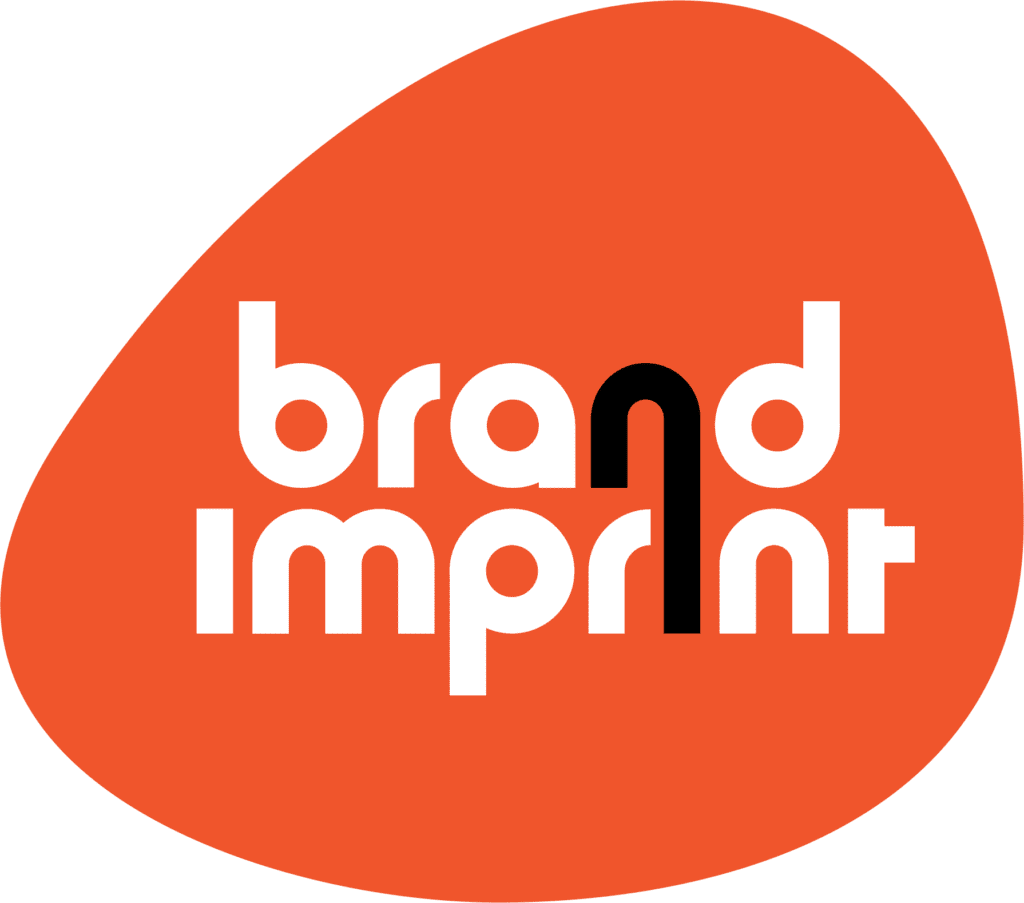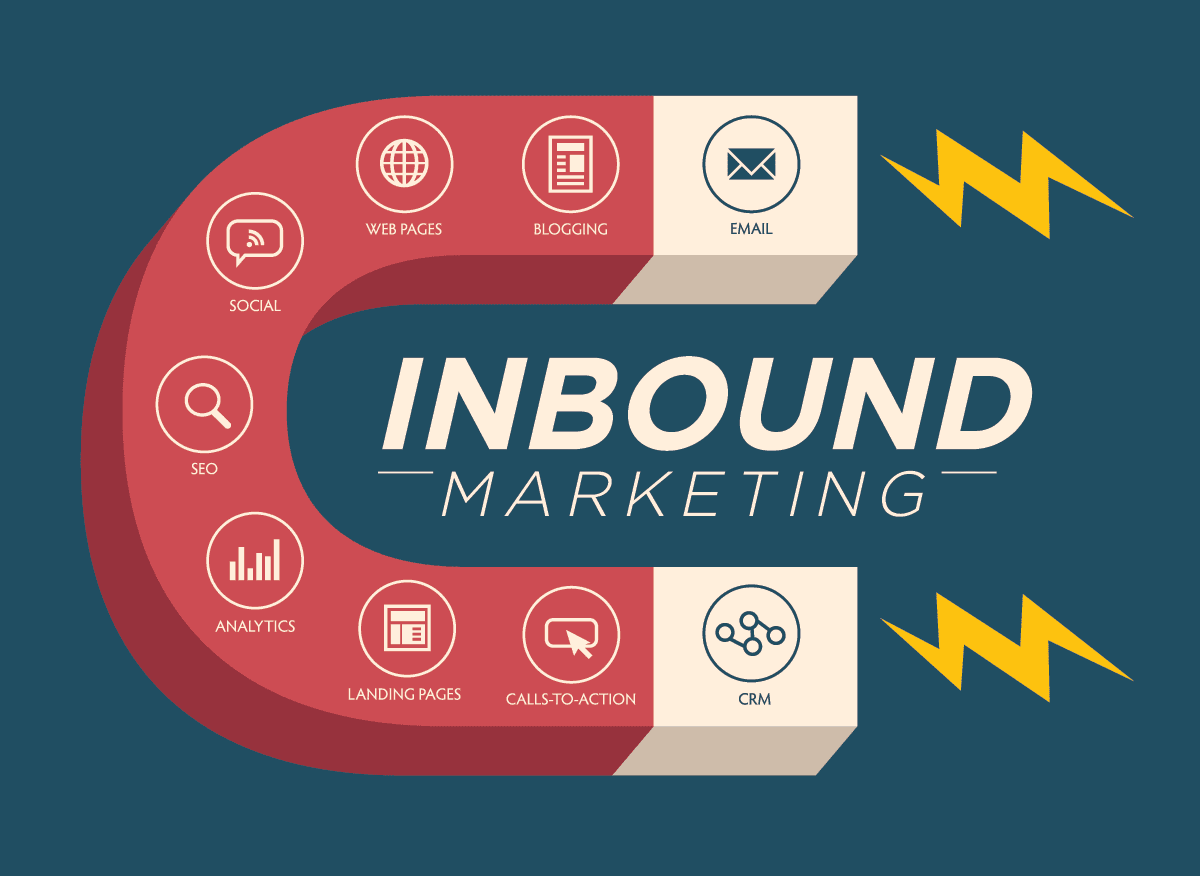Introduction
Inbound Marketing is a business strategy that draws clients by producing useful information and experiences that are specifically catered to their needs. By creating meaningful, long-lasting relationships with consumers, prospects, and customers, Inbound Marketing helps your business develop. In simple words, this type of marketing is all about valuing and enabling the customers to achieve their objectives at any stage of their journey alongside you. Read on to know more about the fundamentals of Inbound Marketing.
The Fundamentals of Inbound Marketing
Inbound marketing is composed of five essential elements: Goals, Contacts, Buyer personas, Buyer’s journey, and Content. These basics help marketers create long-term plans that will please clients or customers.
- Goals: Setting goals is where inbound marketing begins. It’s crucial to start with goals you want to accomplish. Do you want more people to visit your website? Do you want to boost social media engagement? Set objectives that demonstrate how your marketing plan will advance your business. Setting goals that support cross-functional alignment within your company is also important. A company will grow successfully in a changing environment if its goals are clear.
- Contacts: Your contacts for inbound marketing are the actual people you offer value to and cultivate connections with. This can include anyone whom your business sells to, partners with, interacts with, or markets to. A robust contact database is essential for enabling your organization to grow. Your database’s segmentation will guarantee that you are delivering your consumers the pertinent information necessary to grab their attention and urge them to interact with your company. Numerous segmentation techniques are available, such as matching contacts to marketing objectives or corporate objectives. It is crucial to be clear about the goals you have for the various segments. The content you send to current clients and prospective clients should be distinct from one another.
- Buyer Personas: The buyer persona is a realistic representation of your ideal client. Their demographics, habits, motives, and goals are all covered by this data. To communicate with their customers effectively, marketers should better grasp their wants and needs by using buyer personas.
- Buyer’s Journey: The Buyer’s Journey is an active research process a person goes through before making a purchase. It consists of three stages, including the Awareness stage, the Consideration stage, and the Decision stage.
Awareness stage –
This phase involves the consumer realizing they have a problem and then conducting research to comprehend it. The needs of the buyer should guide our awareness-building efforts as marketers.
Consideration stage-
The Consideration stage involves the identification of the customer’s issue. During this phase, the consumer determines what factors are most significant to them and look for the best solutions to their problem.
Decision stage-
In the last phase, the potential client has chosen a solution approach. Since a client will seek direction in their decision-making process, therefore effective communication is crucial during this phase.
Content:
Finally, what will draw clients to your business is the content component of inbound marketing. Your content should be developed using information about your contacts, buyer personas, and the buying process as customers are more inclined to interact with your company if they find the information to be valuable and helpful. This also leads to building the trust of the customers.
Conclusion
Inbound Marketing is a wonderful method to grow your business and cultivate enduring relationships with your clients. If all the fundamentals are studied and executed properly, it can aid in getting highly effective results.
The goal of the inbound marketing methodology is to attract potential customers who dislike disruptive communications and content. It gives customers the knowledge they are already seeking. Hence, businesses can use this technique to market to potential clients while simultaneously educating and resolving their issues.

